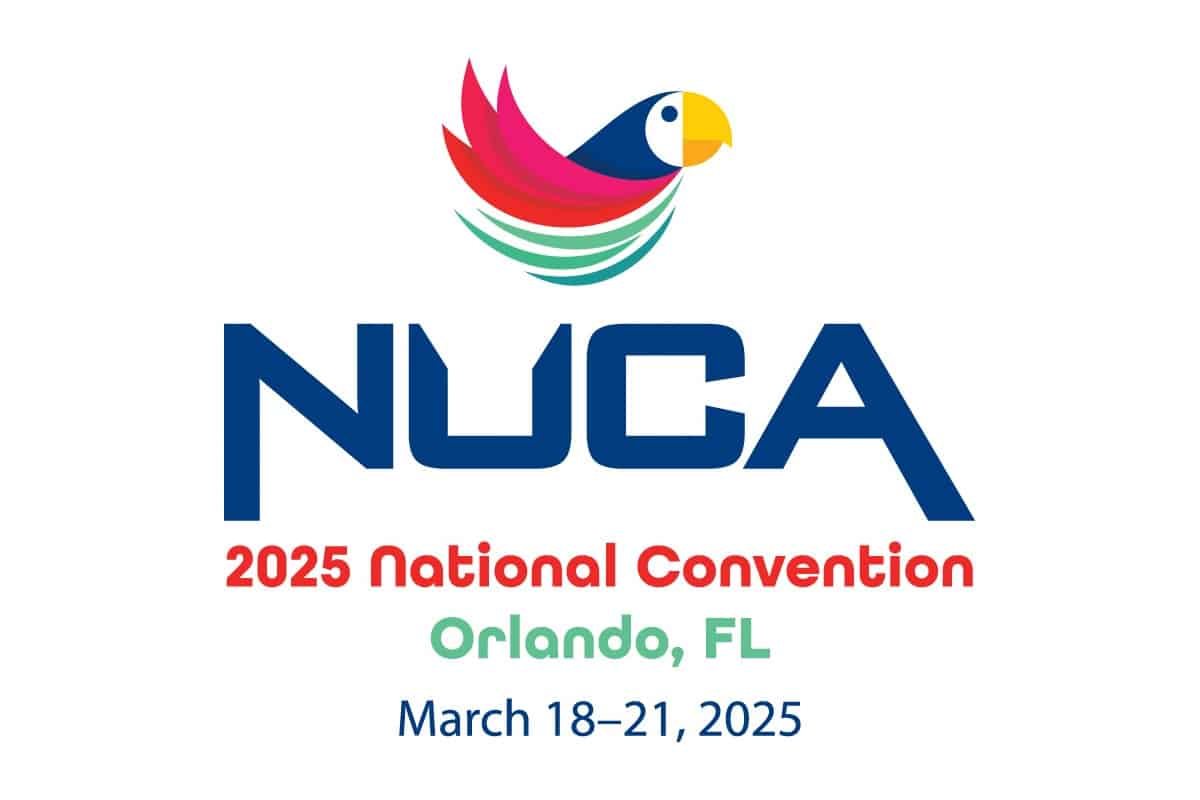TOP JOBS: 2017 Overall Winner St. Johns River Power Park Blowdown Piping Replacement
[EDITOR’S NOTE: In each issue, Utility Contractor will profile the projects of NUCA’s Top Job Competition winners. These projects highlight NUCA members’ best and most innovative work that keep our country’s utility networks operating at peak performance. For information about entering your projects in the competition, visit nuca.com/topjobs.]
St. Johns River Power Park (SJRPP) consists of two pulverized bituminous coal-fired steam electric generating units (SJRPP 1 and 2), interconnected with the JEA (Jacksonville Electric Authority) transmission system. Both units are provided with natural draft cooling towers that maintain their proper water chemistry by controlled blowdown from the respective cooling tower basins.
The blowdown streams from each of the two cooling towers are combined into one common underground blowdown pipe that runs from the cooling towers at SJRPP to the waterfront area of the adjacent JEA Northside Generating Station (NGS). Currently, the NGS waterfront portion of the existing 42-in. diameter fiberglass reinforced pipe (FRP) cooling tower blowdown line is located on top of the outer walls of the makeup water intake structure and the south wall of the NGS circulating water discharge structure.
The structure, however, was in need of repair. It was necessary for the existing 42-in. diameter blowdown line to be relocated in order for the structural repairs to be made. In order to maintain plant operation, it was necessary to install a new pipe section approximately 720 ft in length to replace a portion of the existing cooling tower blowdown line. The preferred routing for the new pipe section was to run the new section of 42-in. FRP piping along the north side of the NGS discharge structure, which is a sheet pile wall with concrete cap. The new pipe section then terminated near the NGS Unit 1 discharge flume.
To complicate matters, the project had to be completed with an accelerated schedule for environmental reasons. With manatees migrating to the river beginning in the fall, the project needed to be completed in the summer to avoid impacts.
Petticoat Schmitt of Jacksonville, Florida, was awarded the $1.7 million project and mobilized to the site in January 2017.
Challenges and Innovative Solutions
The new 42-in. line was to be installed along an existing sheet pile wall, which is installed approximately 100 ft offshore in the St. John’s River, thus surrounded by water. Conveying materials, including 40-ft lengths of large diameter piping, to that area presented considerable logistical challenges.
The reach from a barge mounted crane, floated in via the river, was determined to be too far for the weight of the materials; meaning the size of crane typically on barges may not be able to handle the loads at the required distance. Also, Petticoat Schmitt initially determined that conveying material from shore could not be accomplished because of a high power electrical line parallel to the work, and unknown utilities and structures underground that could be damaged by the crane’s bearing pressure.
After study and discussion with its crane subcontractor, Beyel Bros., Petticoat Schmitt decided to locate the crane on shore but closer to the water. This alleviated the potential hazard from an existing power line.
Also, Petticoat Schmitt surveyed the underground utilities and structures using ground penetrating radar (GPR) in order to position the crane so that it did not cause damage. Lastly, as an additional safeguard, Petticoat Schmitt used crane matting to distribute the load across a broader area. Utilizing these strategies, and relying on expert crane operators, mitigated the logistics challenge.
Safely conveying crew to the area, and providing safe working conditions while there, presented an access challenge. The solution to this problem ended up being simple, but implementation was not. Petticoat Schmitt hired a scaffolding subcontractor, Safway, to erect a work platform along the entire 720-ft length, providing room along the top of the sheet pile wall for crew members to receive materials and install them.
Following the installation of the new pipe, Petticoat Schmitt faced further challenges in the demolition of the old pipe. Demolition needed to be done from a working barge, which could only be floated to the work site during low tide due to existing structures at the plant. Additionally, crab traps are common in the area and needed to be avoided.
Petticoat Schmitt finished the project in June 2017 to the satisfaction of the owner. “With all of the difficulties on this project, the key really came down to proper planning,” said Aaron Browning, project manager for Petticoat Schmitt. “We used GPR to identify any potential utilities in the area. In addition, we surveyed the entire wall and then designed our pipe run based on the survey to make sure that there were no hiccups. Fortunately, the project went well with few hiccups along the way.”
RELATED: Top Jobs Awards – Petticoat-Schmitt Civil Contractors (Excavation/Site Development) Tags: May June 2018 Print Issue, Petticoat-Schmitt Civil Contractors Inc., Top Jobs








